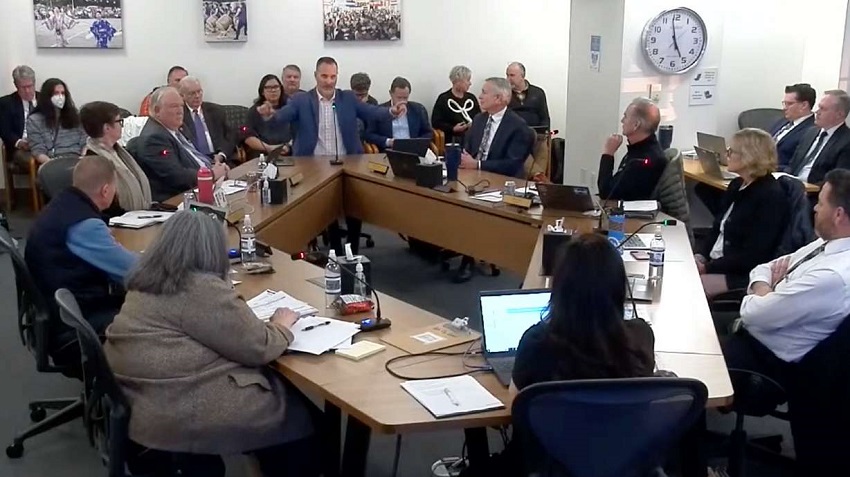Ogden, UT — A proposal to convert a vacant assisted-living facility into long-term housing for chronically homeless individuals in Ogden’s east-central neighborhood is sparking controversy among city leaders and residents. The plan, which would transform the former Aspen Care Center at 2325 Madison Ave. into a 25-unit facility for low-income, chronically homeless people with disabilities, is set to be discussed further at the Ogden City Council meeting on January 14.
While the proposal has garnered strong support from public and homeless advocates, it has also faced vocal opposition from several city council members and the mayor, who argue that the location may not be suitable for such a facility.
Councilman Dave Graf expressed concerns about the impact the facility could have on a neighborhood that is still in the process of revitalization. “The objection is the where, and it’s in our east-central residential neighborhood, adjacent to schools, our library, and downtown,” Graf said during a recent work session. “It’s a neighborhood trying to climb out of a state of disrepair and reinvigorate itself.”
Councilman Richard Hyer also voiced his opposition, calling the location a “deal-breaker” for him. Both Graf and Hyer, along with Mayor Ben Nadolski, have raised questions about the lack of involvement of city officials in the site-selection process and the potential impact on the neighborhood’s redevelopment.
The facility, proposed by the Weber Housing Authority, aims to provide not only housing but also case management and support services to help residents become self-sufficient. The project is designed to reduce the financial burden of emergency services, which currently result from homeless individuals living on the streets. According to Andi Beadles, executive director of the Weber Housing Authority, housing individuals in such a facility would cost far less than relying on emergency services like police and medical assistance.
“I do want to stress — this is a program. It’s not just a place that they’ll be warehoused or that they’ll be living. This is housing linked with case management, and individuals do have to participate in programming that will help them become self-sufficient,” Beadles explained.
Despite these reassurances, local leaders have continued to question the facility’s placement in the heart of a neighborhood that is seeing efforts to revive its economy and infrastructure. Nadolski has called for a reevaluation of the site, citing a lack of cooperation with Weber County commissioners in the decision-making process. He also emphasized the importance of involving the city more directly in future site selections. “We want to house people,” Nadolski said. “That’s why we’re supporting so many projects in the city. We just want a seat at the table.”
Meanwhile, proponents of the project argue that the facility is a much-needed resource that will improve the quality of life for homeless individuals while benefiting the community at large. Kevin Lundell, an Ogden resident who supports the proposal, urged city leaders to allow more public input, noting that many residents were only now becoming aware of the plan. “We can revitalize this section of the city and care for the most vulnerable in it,” Lundell said.
The facility, which would be staffed around the clock, is also designed to help address the issue of homeless encampments that have plagued the city’s streets. Beadles pointed out that the proposed housing would provide a safer and more stable environment for individuals who currently have no permanent place to stay.
However, the project is facing a tight deadline, as it is contingent on the use of $590,000 in federal funding that must be allocated by June. Beadles noted that after investigating several potential locations, the Ogden site was deemed the best option.
As the January 14 council meeting approaches, it remains unclear whether the proposal will move forward, given the ongoing debate about the location. City officials have not taken formal action yet, but the discussion is expected to continue as both sides work toward finding a resolution that addresses the needs of the homeless while considering the community’s long-term development goals.

